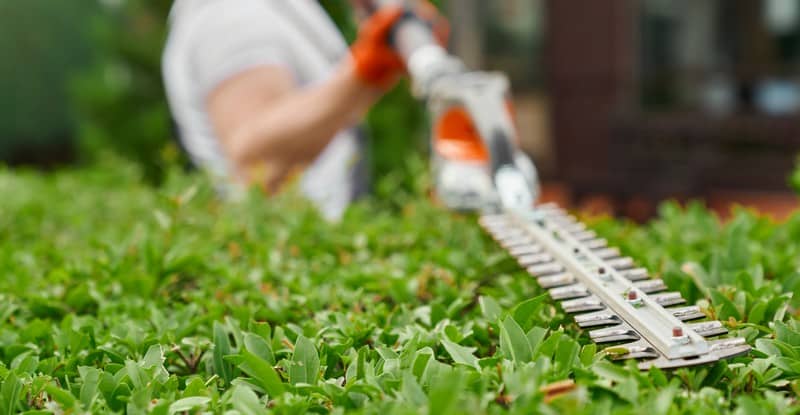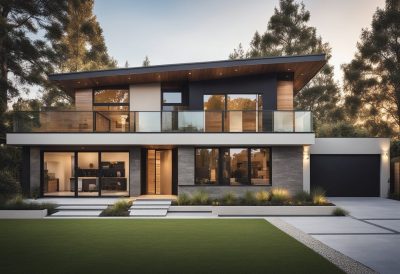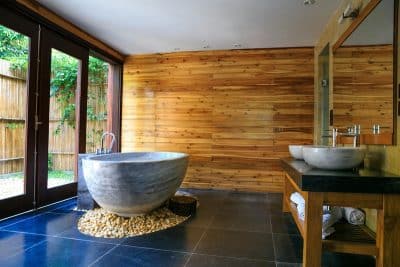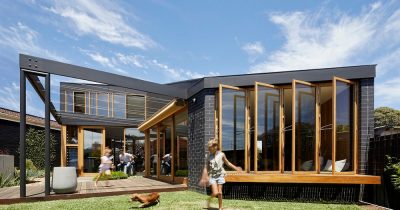
Hudson, Wisconsin, is a cozy environment surrounded by riverbanks and large urban forests, providing opportunity for outdoor activities and recreation, which is a natural charm that makes it stand out from other neighborhoods.
While it is essential to have beautiful landscape designs, it is also about honouring the local environment, working with the climate, and ensuring these ideas fit perfectly into the schematics of a city like Hudson. This guide will cover some of the best landscaping ideas tailored for Hudson homes and how eco-friendly alternatives are key for longevity.
Importance of Boosting Your Yard With Eco-Friendly Options
Your yard isn’t just a patch of grass but a personal space that can be used for retreats, get-togethers, and special occasions. Hence, using eco-friendly options like native plants, drought-tolerant grasses, and rain gardens makes your outdoor space beautiful, healthier, and more sustainable.
With the right options, homeowners can save money on utility bills and have less strain on municipal water systems, which is a major advantage for the soil and weather in Hudson, Wisconsin.
Another perk of these options is that you get to support local wildlife, lower maintenance time, improve air and soil quality, and finally contribute to climate resilience, all of which reduces flood risks and reduces your carbon footprint over time. Among the vast options widely available, below are some Hudson landscaping ideas you can implement to make your yard more attractive:
1. Riverside stone terrace: This is an option considered to fit Hudson properties towards water, as the stone terrace adds structure and controls erosion that might be a hindrance during intense rainy seasons.
These stones can be flat stones like sandstone or limestone, which are carefully arranged on a sloped yard without using cement to permanently join them. Doing this further creates a chance for gravity to naturally direct rainwater toward planted areas that are beautified with gravel or wood chips, thereby reducing runoff and helping your garden stay hydrated without extra watering.
2. Natural pollinator gardens: Many homeowners in Hudson consider this to be a viable option, especially considering how mixed plantings of native grasses and wildflowers can cut down on mowing, watering, and maintenance.
This can be done easily by picking a sunny patch in your yard and mixing it with a sufficient amount of grass and flowering plants, then allowing nature to shape them into a garden that looks beautiful both in the summer and early winter.
3. Native bloom borders: Having a yard filled with blooms like milkweed and lavender attracts pollinating insects like bees and butterflies. These insects are considered to be a major key to preserving the ecosystem, which is also an effortless way to support local wildlife and engage with nature.
However, when plants have been strategically positioned and grouped in patches, it is best to reduce the use of pesticides, herbicides, and synthetic fertilizers to avoid affecting water quality in nearby lakes and rivers.
Endnote
Maintaining your landscape is not just about following trends and handpicking designs that look attractive only. It is an opportunity to encourage pollinators and biodiversity, alongside balancing beauty with eco-friendly options. Your yard should be a personal sanctuary and footprint that reflects care for the environment.








